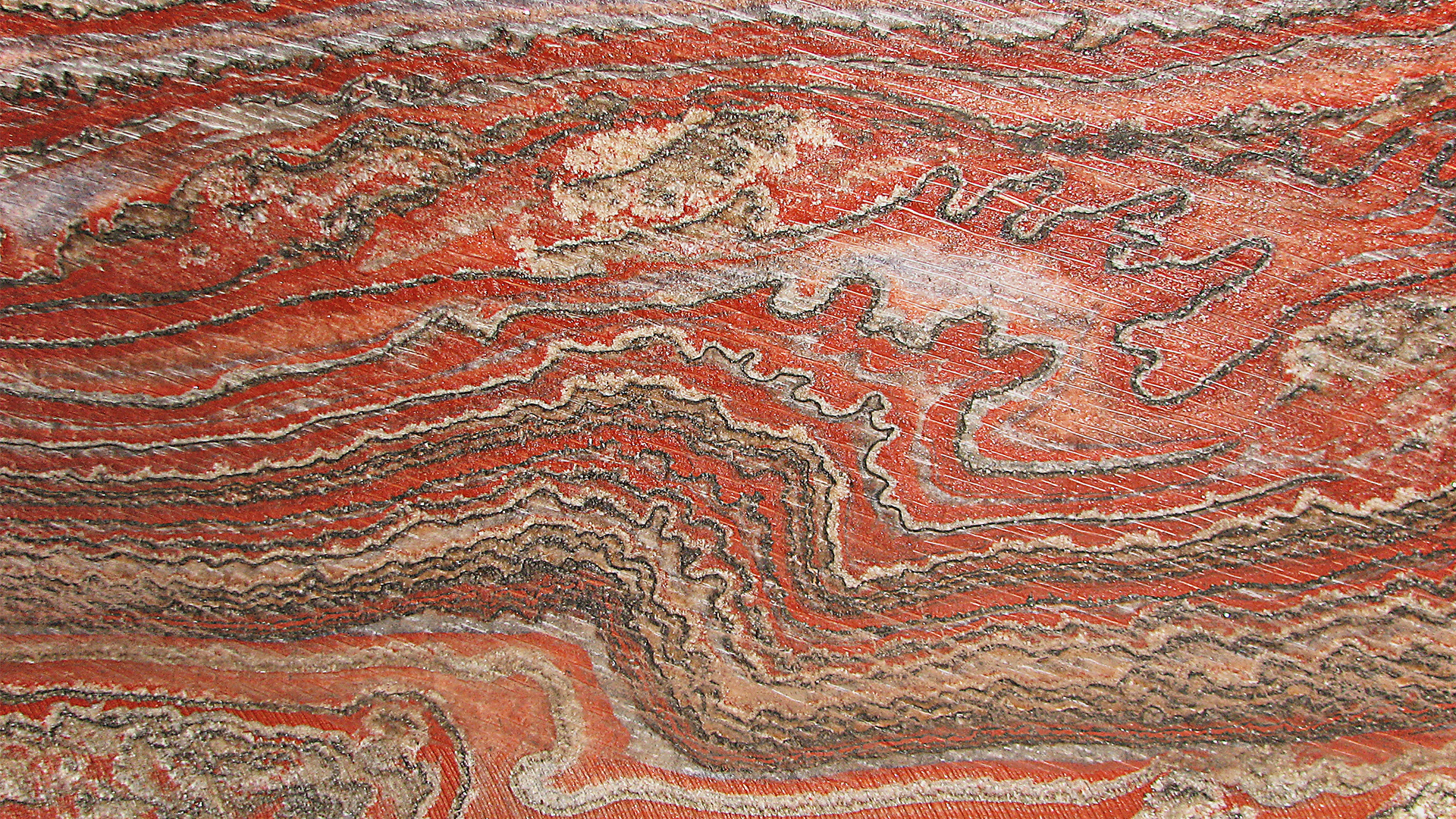Boron and SOP
Boron and SOP: SOP stands for Sulfate of Potash, a derivative of borates found in the extraction process in mining the mineral. SOP is a premium potash fertilizer that offers a variety of advantages over other fertilizers. It has low chlorides and added sulfur as well as reduced salinity. The USA is an essential source of SOP, and Rio Tinto can find extraction with additional supplies coming onstream from American Pacific Borates – ABR.

Boron and SOP
What is SOP?
Sulfate of Potash, or SOP, is a high-potassium, low chloride fertilizer that plants provide essential nutrients. It helps them resist pests and diseases, prolongs shelf life, and provides a better yield without the harmful effects of chlorine. It makes plants more resilient to conditions, droughts, excessive moisture (excessive rain), and extreme temperatures. It helps in photosynthesis and the formation of food
SOP contains both potassium and sulfur in soluble form. The SOP does not contain chloride, so it has a lower salt index than MOP. SOP is the best form of potassium to be used in acidic or sodic soils and where irrigation water may contain high levels of chloride.
Potassium promotes strong stem growth and disease resistance by thickening the cell walls. It can help reduce water loss and provide drought resistance. Potassium enhances the flavour and storage qualities of fruits and vegetables. SOP also provides plant-available sulfur in addition to potassium. Since sulfur deficiencies have become more common in recent years, products that contain secondary nutrients are becoming more popular.
How SOP is Produced
Potassium sulfate (K2SO4) can’t be found naturally as an organic compound and must therefore be manufactured. It is manufactured in either of the following ways. Either it can be mined or processed to remove unwanted salts.
The Mannheim Process
SOP was traditionally produced using the Mannheim process. In this process, KCl is reacted to produce K2SO4. This method is effective. Still, it only creates the desired compound as a side product. The primary outcome of the process is HCl.
The process involves first performing an exothermic reaction between potassium chloride and sulfuric acid, then an endothermic reaction between potassium bisulfite and potassium chloride to create HCl and H2SO4.
The K2SO4 obtained is then cooled in a rotary cooler and further processed into the desired product form. Although the Mannheim process is still used, there are many alternatives. One of these alternative methods is the extraction from natural complex sea salts.
Complex Salt Processing
Complex salts that are naturally present can also be a source of potassium sulfate. This is where potassium and sulfate-bearing minerals can be altered to remove any byproducts. This complex process contributes to the high price of SOP.
The process can be summarized as follows: ore preparation, flotation, conversion, and leaching of schoenite, then moisture reduction in a rotary dryer. The specific salt being processed may affect the process.
Langbeinite is a popular source of SOP. The nutrient-rich mineral compounds K2Mg2(SO4)3 can be modified to remove magnesium to obtain SOP or used as a potash fertilizer. Langbeinite provides a source of secondary nutrient magnesium too. It is also known by the acronym SOPM (sulfate-of-potash-magnesia).
SOP can also be derived from Kainite and Carpathian complex minerals ores. The evaporite mineral polyhalite is similar to SOP and magnesium. Although it has been gaining popularity in recent years, it is only being produced in small quantities.
Types of SOP Available
Like most potash fertilizers, SOP can also be processed into different sizes and forms to suit market needs. It is usually available as a powder, compaction, or round pellets/granules.
Powdered Potassium Sulfate
Although powdered potassium sulfate is fast in delivering nutrients, it can be cumbersome to transport and handle, and it often winds up after application. It is often beneficial to combine SOP into one or more of the below-mentioned forms.
Compaction Granules
Compaction granules can be made using a roll compactor. In this machine, potassium sulfate must be pressed onto a sheet before breaking down into the required size granules. This makes potassium sulfate easier to handle, with less dust. However, the edges are jagged and are more prone to breaking into dust.
Round Granules
A non-pressure agglomeration method called pelletizing produces spheres of potassium sulfate. This is usually done on a disc pelletizer, followed by a pin mixer. This process produces granules of the highest quality. They are free from dust and have the most flowability.
Various companies manufacture SOP products in the forms mentioned above. For example, Compass Minerals‘ top SOP-based product is Protassium+. K+S produces Kalisop and soluSOP 52. Tessenderlo Kerley International brings a unique range of high-performance SOP products, namely SoluPotasse and GranuPotasse.
Market for SOP
Data Bridge Market Research projects that the market for SOP will grow at a 5.5% CAGR between 2017 and 2024. It is expected to reach 10,535.84 million tons by 2025. The demand for potassium sulfate processing machinery is also increasing. The global sulfate potash market will experience significant market growth over the 2022-2029 forecast period. Data Bridge Market Research estimates that the market will reach USD 5,606.2 million by 2029 and grow at a rate of 2.3% during the forecast period.
Due to its large agricultural land and growing food and beverage industry demand, Asia-Pacific will dominate the market during the forecasted period. On the other side, North America is expected to have the highest CAGR during the indicated time due to the increased SOP production for both the industrial and agricultural sectors.
Sesoda Corporation, Sinofert Holdings Limited, Ameropa Australia Pty Ltd., Migao Group, Ching Shiang Chemical Industrial Co., Ltd., Compass Minerals, and Jiangsu Kolod Food Ingredients Co., Ltd., among others, dominate the global sulfate potash market.





